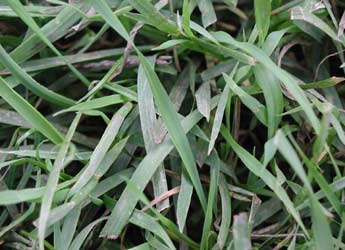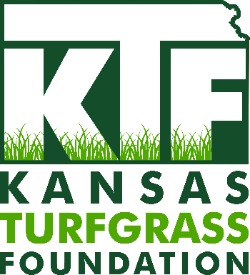Quackgrass (Elytrigia repens)

Quackgrass is a cool season perennial that reproduces by seeds and rhizomes. It is a patch-forming, coarse-textured grass that spreads by slender, white, long-lived rhizomes. Quackgrass can grow up to 4 feet tall. The root system is fibrous. Root hairs ring the rhizomes every 3/4 to 1 inch. The rhizomes develop 2 to 8 inches deep. Quackgrass stems are smooth. The upper sheaths of quackgrass are smooth or with short hairs, round to somewhat flattened, with split, short hairs on lower portion. The blades are flat and the margins may be rough. It is dull green to light blue-green and taper to a pointed tip. It grows 1/8 to 1/2 inch wide and 3 to 12 inches long. It is soft, smooth to rough to the touch on upper surface, occasionally sparsely hairy on the upper surface, smooth or slightly hairy on lower surface. It develops claw-like, slender auricles that clasp the stem. Quackgrass flowers are narrow, dense, and occur in terminal spikes 2 to 6 inches long. They are borne late May to September.
Occurrence
This aggressive grass is found in many lawns throughout growing season, especially during cool weather in spring and fall. Quackgrass thrives in well-drained soils with slightly acidic pH and favors thin, droughty lawns. It is often brought into landscape sites in agricultural soils.
Non-Chemical Control
To control quackgrass without herbicides, mechanically remove, although removing the entire underground portion of the plants may be difficult; Maintain turf density and health through proper culture; low mowing and fertility maintenance may decrease population.
Chemical Control
Apply nonselective herbicides when actively growing; selective herbicide controls for quackgrass are currently unavailable.



